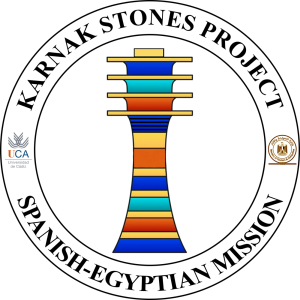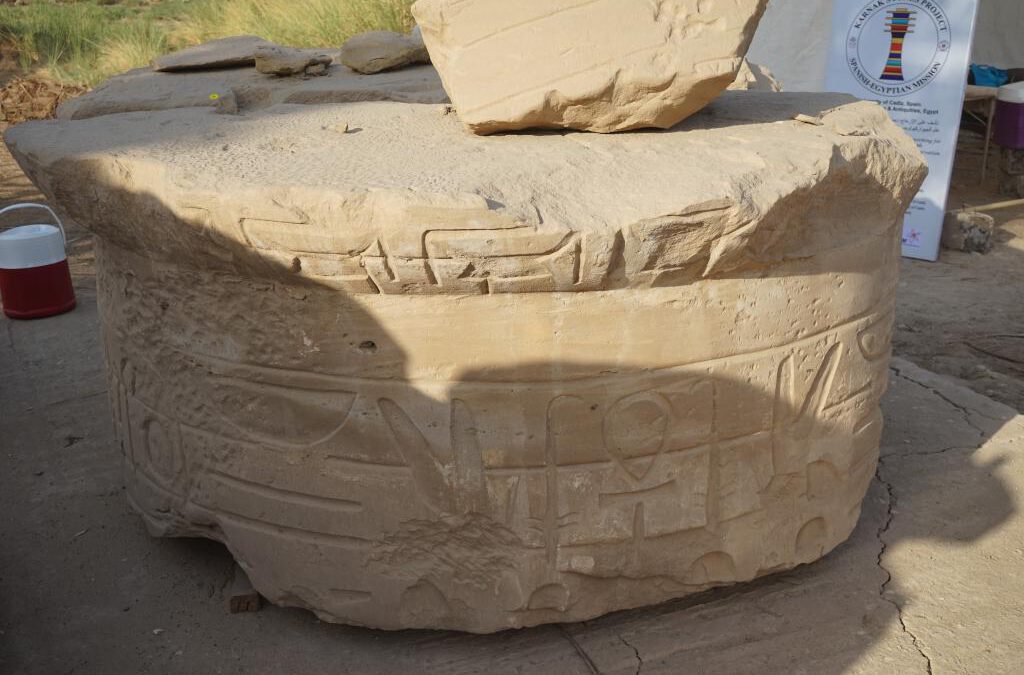The stone blocks at Karnak are not just relics of the past; they are intricate works of art that speak to
the technical and artistic mastery of ancient Egyptian craftsmen. Among the most fascinating aspects
of these blocks are the distinct carving techniques used to create the elaborate reliefs that adorn
them. Two primary techniques stand out: raised relief and sunken relief. In raised relief, figures and
hieroglyphs are carved so that they stand out from the stone surface, creating a dramatic contrast
between the carved elements and the background. This technique was often used for more
prominent figures and deities, giving them a sense of prominence and power within the design. On
the other hand, sunken relief involves carving the figures into the surface, creating a more subtle
effect where the image appears to emerge from the background as if it were cast in shadow. This
technique was favored for finer details and intricate scenes, allowing the carvings to blend seamlessly
into the surrounding stone. These techniques are not just artistic choices but hold valuable clues
about the blocks’ original placement within the temple complex. Raised relief figures, for instance,
were typically placed in locations where they would catch the light and be easily seen, while sunken
relief may have been used in areas where detail was key but not necessarily the immediate focus of
attention. The positioning of these reliefs can reveal much about how the ancient Egyptians designed
their spaces and how they guided the viewer’s experience within the temple. By documenting and
analyzing these distinct carving techniques, we are uncovering clues to the original layout of the
temple, which has been obscured over centuries of wear, destruction, and changes to the landscape.
These details are vital for reconstructing the temple’s lost architectural and artistic grandeur, helping
us understand how the ancient Egyptians used art to enhance their religious and ceremonial spaces.

